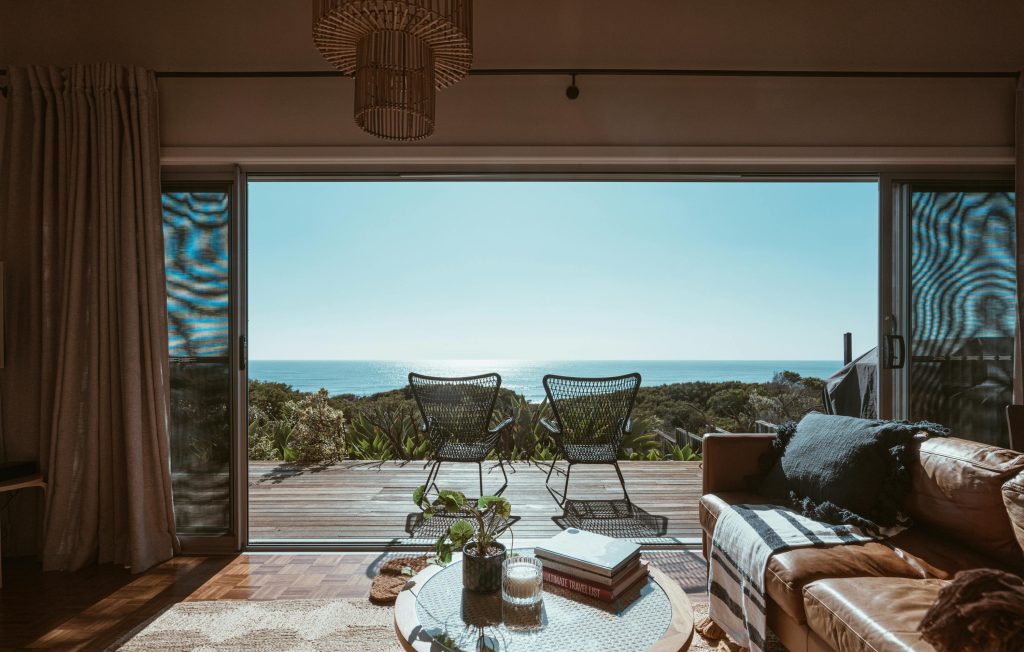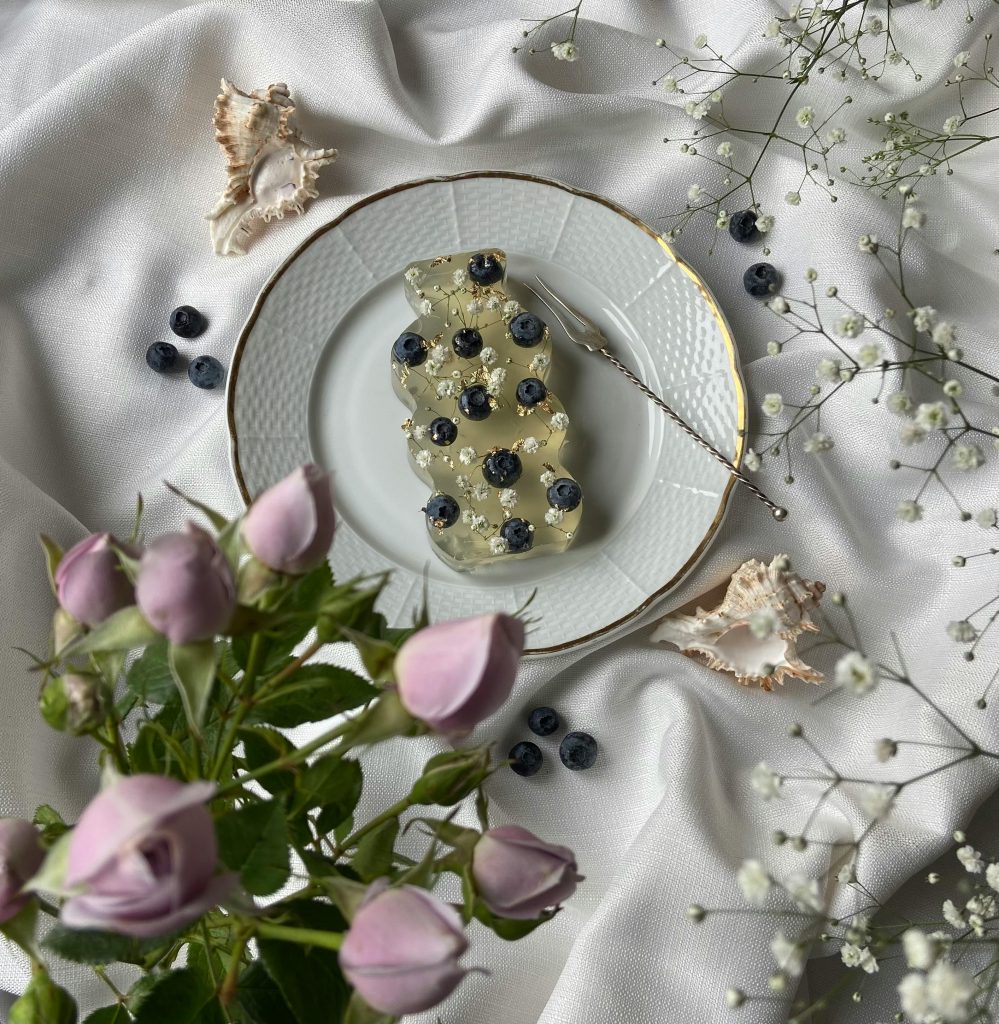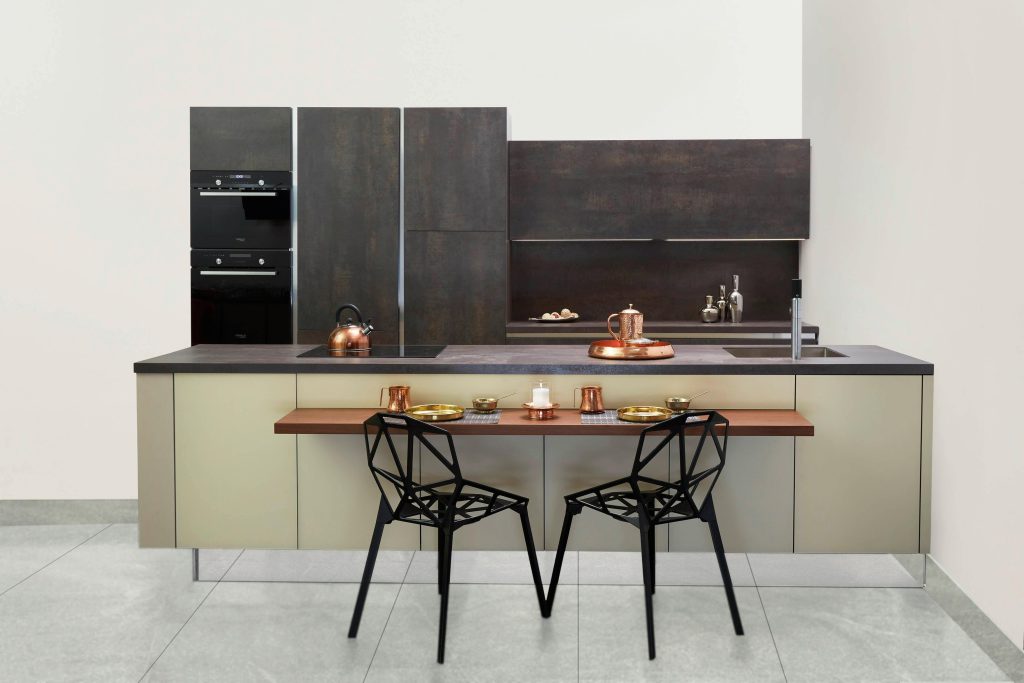Modular furniture consists of pieces that can be assembled, disassembled, and reconfigured to suit different spaces and needs. These components are designed to be versatile and functional, providing flexibility in interior design. Modular furniture has revolutionized home interior design by offering flexibility, functionality, and style. Here’s an overview of what modular furniture is and how it can enhance your home:
What is modular furniture?
Modular furniture consists of pre-made units or sections that can be combined in various ways to suit different needs and spaces. This type of furniture is designed to be easily movable and reconfigurable, allowing you to adapt your living spaces without much hassle.
1.Benefits of Modular Furniture:
- Flexibility: Easily reconfigurable to adapt to changing needs or spaces.
- Space-saving: Ideal for small spaces as it maximizes functionality without occupying much space.
- Customization: Allows for personalized design tailored to individual preferences.
- Cost-effective: Often cheaper than traditional furniture due to its standardized production.
Overview of Modular Furniture in Modern Interior Design: In modern interior design, modular furniture is favored for its adaptability and minimalistic aesthetic. It fits well with contemporary lifestyles that value versatility and efficiency in living spaces.

2. Types of Modular Furniture
Modular Sofas and Sectionals: Designed with interchangeable units that can form various configurations, ideal for living rooms of any size.
Modular Storage Solutions (Shelving, Cabinets): Adaptable storage options that can be expanded or rearranged as needed, perfect for organizing homes efficiently.
Modular Beds and Bedroom Furniture: Includes beds with storage options, customizable headboards, and modular wardrobes, enhancing bedroom functionality.
Modular Kitchen Units: Flexible kitchen cabinets and islands that can be adjusted to fit different layouts and storage needs.
Modular Office Furniture: Desks, shelving, and seating that can be reconfigured to create ergonomic and efficient workspaces.
3. Design Principles
Flexibility and Adaptability: Modular furniture is designed to adapt to different spaces and purposes, offering multiple configurations to suit varying needs.
Space Optimization: These pieces maximize the use of available space, especially in small or awkwardly shaped rooms.
Aesthetic Integration: Seamlessly integrates with various interior styles, from modern to traditional, ensuring a cohesive look.
Functionality: Emphasizes practical use without sacrificing style, making it suitable for everyday living.
4. Materials and Durability
Common Materials Used:
- Wood: Provides a classic look and durability.
- Metal: Adds a modern touch and strength.
- Plastic: Offers versatility and cost-effectiveness.
Eco-friendly and Sustainable Options: Bamboo, reclaimed wood, and recycled materials are popular choices for environmentally conscious consumers.
Maintenance and Longevity: Durable materials and easy-to-clean surfaces ensure long-lasting and low-maintenance furniture.
5. Planning Your Space
Assessing Your Needs: Identify the primary functions of each room and the necessary furniture pieces to fulfill those needs.
Measuring and Layout Planning: Accurate measurements and thoughtful layout planning are crucial to ensuring the furniture fits and functions well within the space.
Choosing the Right Pieces: Select modular pieces that align with your aesthetic preferences and functional requirements.
Incorporating Existing Furniture: Integrate modular furniture with existing pieces to create a harmonious and functional space.

6. Style and Aesthetics
Matching Modular Furniture with Different Interior Styles:
- Modern: Sleek lines, neutral colors, and minimalist designs.
- Minimalist: Functional pieces with a focus on simplicity and uncluttered spaces.
- Industrial: Raw materials like metal and wood for a rugged look.
Color Schemes and Textures: Choose colors and textures that complement the overall design theme, ensuring a cohesive look.
Customization Options: Many modular furniture pieces offer customization in terms of colors, finishes, and configurations, allowing for a personalized touch.
7. Budgeting and Cost Considerations
Understanding the Cost Range: Prices vary widely based on materials, design complexity, and brand. It’s important to set a budget and prioritize based on needs.
Budget-Friendly Modular Options: Look for affordable brands and consider second-hand or refurbished pieces to save money.
Cost vs. Quality Analysis: Balancing cost and quality is key. Investing in durable pieces can provide long-term savings.
8. Shopping Tips
Where to Buy Modular Furniture:
- Retail Stores: IKEA, West Elm, CB2, etc.
- Online Retailers: Wayfair, Amazon, and specialized furniture websites.
- Local Stores and Artists: For unique and custom pieces.
What to Look for When Purchasing: Check for durability, material quality, ease of assembly, and warranty or return policies.
Online vs. In-store Shopping: Online shopping offers convenience and variety, while in-store shopping allows for direct inspection and testing of furniture.
9. DIY and Customization
DIY Modular Furniture Projects: Build your own modular furniture using online tutorials and readily available materials for a personalized touch.
Customizing Pre-made Modular Units: Enhance store-bought pieces with paint, new hardware, or additional components.
Upcycling and Repurposing Modular Pieces: Repurpose old furniture into new modular units, reducing waste and adding unique elements to your home.
10. Case Studies and Examples
Real-life Examples of Modular Furniture in Homes: Showcase homes that have effectively utilized modular furniture, highlighting the versatility and design.
Before and After Transformations: Visual examples of how modular furniture can transform spaces, enhancing functionality and aesthetics.
Testimonials and Experiences: Include quotes and experiences from homeowners who have successfully incorporated modular furniture into their interiors.
11. Maintenance and Care
Cleaning and Upkeep: Regular dusting, cleaning with appropriate solutions, and checking for any wear or damage will keep your furniture looking new.
Repairing and Replacing Parts: Many modular units have replaceable components, making repairs easy and extending the lifespan of the furniture.
Long-term Care Tips: Follow manufacturer guidelines for maintenance to ensure durability and longevity.

12. Future Trends in Modular Furniture
Innovations and Emerging Technologies:
- Smart Furniture: Integration of technology, such as built-in charging stations, smart lighting, and IoT connectivity, allowing for seamless interaction with home automation systems.
- Sustainable Materials: Use of eco-friendly and recyclable materials like bamboo, reclaimed wood, and bioplastics, aligning with the growing demand for sustainable living.
- 3D Printing: Customized modular furniture created using 3D printing technology, allowing for unique designs and rapid prototyping.
- Augmented Reality (AR): AR apps enable users to visualize and configure modular furniture in their homes before purchase, enhancing the shopping experience.
- Compact and Multifunctional Designs: Development of ultra-compact furniture pieces that serve multiple functions, ideal for small urban apartments.
Predictions for the Future of Modular Design:
- Increased Personalization: Greater emphasis on customizable options, allowing consumers to tailor furniture to their specific needs and tastes.
- Expansion of Modular Solutions: growth of modular concepts beyond traditional furniture, including modular home offices, kitchens, and even entire modular living units.
- Focus on Urban Living: modular furniture designed specifically for urban environments, maximizing space and functionality in small apartments and studios.
- Circular Economy: Emphasis on a circular economy approach, where modular furniture is designed for easy disassembly, repair, and recycling, reducing waste and promoting sustainability.
- Collaborative Design Platforms: Online platforms where consumers can collaborate with designers to create bespoke modular furniture solutions.
Conclusion
Modular furniture has become a cornerstone of modern interior design, offering unmatched flexibility, functionality, and style. Its ability to adapt to different spaces and evolving needs makes it an excellent choice for homeowners looking to create dynamic, efficient, and aesthetically pleasing living environments. As innovation continues to drive the evolution of modular design, it will undoubtedly play a crucial role in the future of interior design, catering to the demands of urban living, sustainability, and personalized spaces.
Incorporating modular furniture into your home not only enhances the overall functionality but also allows for creative expression and practical living solutions. Whether you’re designing a cozy apartment, a spacious family home, or a multifunctional studio, modular furniture provides the versatility and adaptability needed to create a harmonious and efficient living space.


































